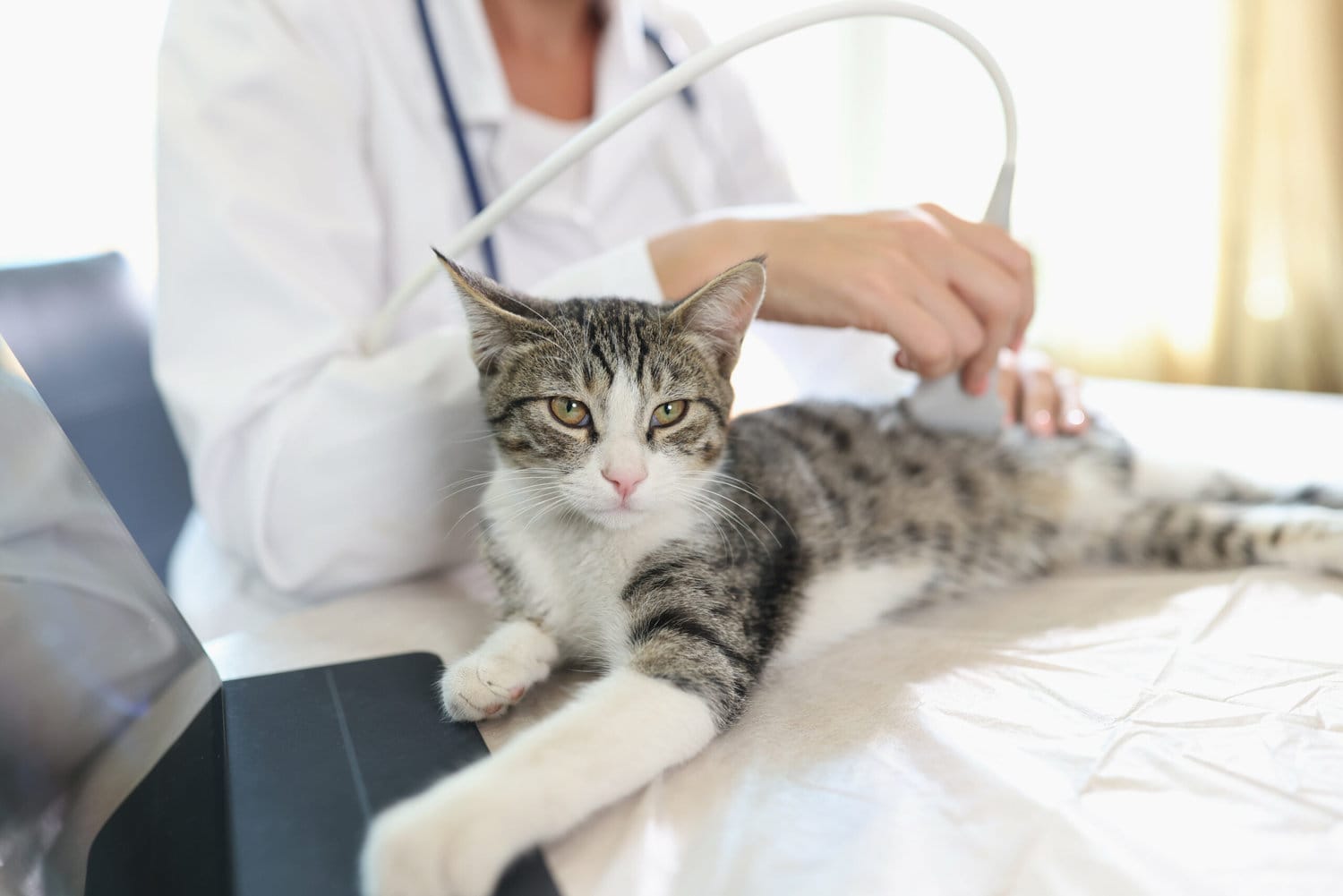The Not-So-Glamorous Parts of Owning A Pet
Vaccinations
Vaccinations are a crucial aspect of preventive healthcare for pets, helping protect them from various diseases. The specific vaccinations your pet needs depend on factors such as their species, age, lifestyle, and geographic location.
Canine Core Vaccinations: Distemper, Parvovirus, Canine Adenovirus (Hepatitis), Rabies
Canine Non-Core Vaccinations (dependent on lifestyle and location): Bordetella (Kennel Cough), Leptospirosis, Lyme Disease
Feline Core Vaccinations: Distemper (Panleukopenia), Feline Calicivirus, Feline Herpesvirus (Rhinotracheitis), Rabies
Feline Non-Core Vaccinations: Feline Leukemia Virus (FeLV)
Dental Health
Maintaining good dental health in pets is essential for their overall well-being, but it is often overlooked by new pet owners. Dental problems can lead to pain, infections, and other health issues.
Brushing Your Pet’s Teeth: Aim to brush your pet’s teeth at least once a week. Ideally, daily brushing is best for optimal oral health. Use toothpaste specifically designed for pets, as human toothpaste can be harmful to them. Pet toothpaste comes in flavors that appeal to animals. Choose a soft-bristled toothbrush or a finger brush designed for pets. Research ways to slowly acclimate your pet to the sensation.
Dental Treats and Toys: Provide your pet with appropriate chew toys. Dogs, in particular, benefit from toys that help clean their teeth and massage their gums. Look for toys labeled as dental or designed to promote oral health. There are dental treats to help reduce plaque and tartar buildup. Look for treats approved by veterinary professionals and ensure they are an appropriate size for your pet.
Professional Dental Cleanings: In addition to at-home care, your pet may need professional dental cleanings. These are performed under anesthesia by a veterinarian or veterinary dentist. Professional cleanings can address issues below the gumline that brushing alone may not reach.
Warning Signs of Dental Issues: Watch for signs of dental problems, including bad breath, swollen or bleeding gums, difficulty chewing, pawing at the mouth, or changes in eating behavior. If you notice any of these signs, consult your veterinarian promptly.
Microchipping and Registration
Microchipping is a simple and effective way to provide permanent identification for your pet. The microchip itself is a tiny device about the size of a grain of rice. It is typically implanted between the shoulder blades or the base of the neck, just beneath the skin. The implantation process is similar to a routine vaccination. It is a quick and relatively painless procedure that can be done during a regular veterinary visit.
Microchips are usually made of biocompatible materials, ensuring they are well-tolerated by your pet’s body. The microchip contains a unique identification code. This code is not a GPS tracker but is a permanent ID for your pet.
Once the microchip is implanted, the unique identification code is registered with a pet recovery database. This database includes your contact information and details about your pet. It’s crucial to keep your contact information up-to-date in the database. If you move or change phone numbers, make sure to update the records.
Shelters, veterinary clinics, and animal control facilities have universal scanners that can read the information stored on the microchip. When a lost pet is found by one of these facilities, the microchip is scanned, and the unique code is used to retrieve the owner’s contact information from the database.
Microchipping significantly improves the chances of reuniting lost pets with their owners. It is a more reliable form of identification compared to tags, which can be lost or fall off, because microchips provide a permanent form of identification for the lifetime of your pet.







